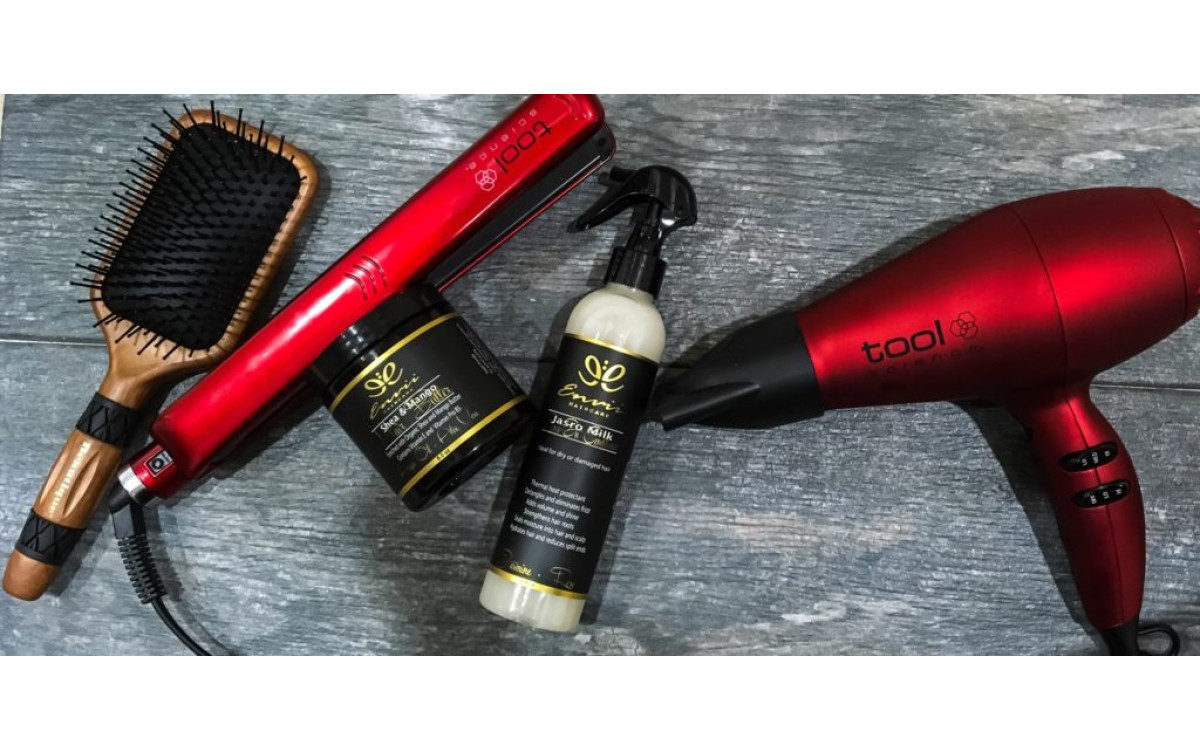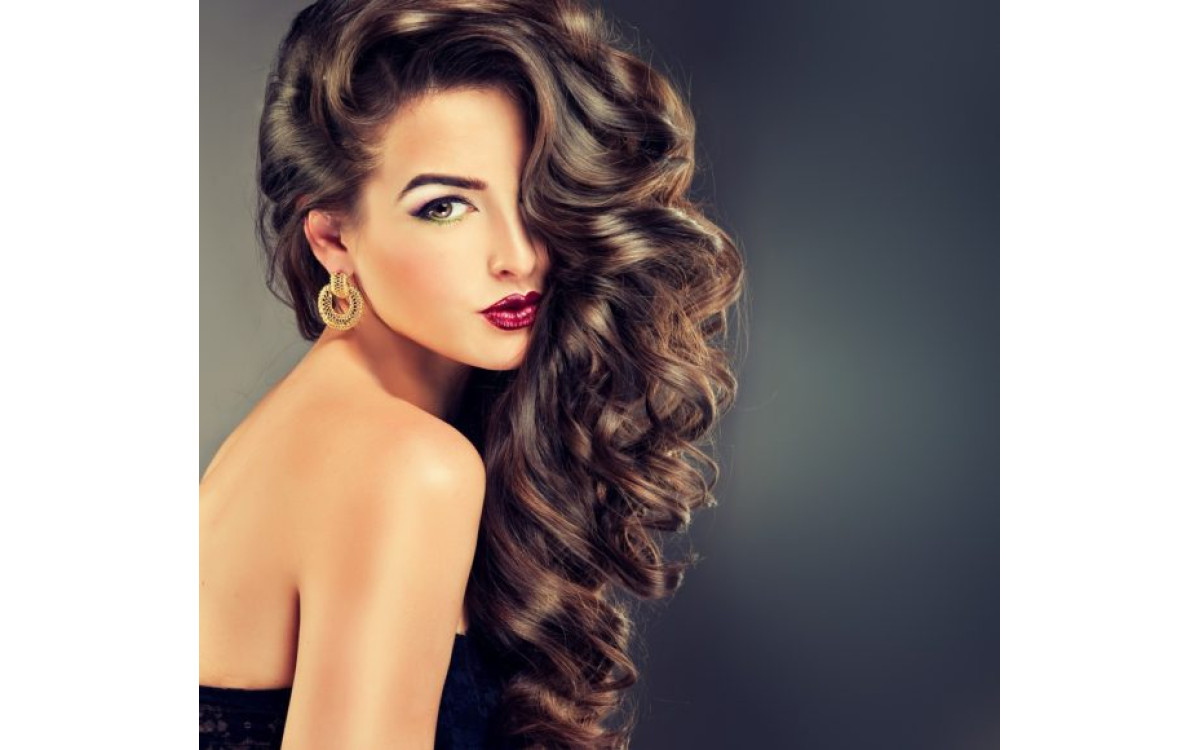Do heat protectants really protect your hair from heat? Or are they just another gimmick used to take your money?
One of the worst things that you can do to your hair is apply heat to it. Heat styling, although highly damaging is a way of life for many of us. We spend hours each week blow drying, curling and flat ironing our strands. It does not appear to be an end in sight! So what can we do to minimize the effects of heat on our hair follicles? You’ve more than likely heard someone say, “my hair isn’t heat damaged or my hair is heat damaged.” My question is how can you tell? Heat damage can occur instantly upon impact whether you see changes to your hair texture or not. Just because your hair curls right back up or you don’t smell your hair frying like an egg after the use of heat does not mean that the damage is not already done.
There are numerous heat protectants on the market that claim to protect your strands from vigorous heat. How do you know if they will truly work?
Silicones
Any protectant with silicone listed as one of the first five ingredients is going to give your hair the needed protection. Silicones such as dimethicone and amodimethicone are commonly used in most heat styling products. Dimethicone is an anti-foaming agent skin protectant that conditions skin and hair. This silicone-based polymer prevents water loss by forming a hydrating barrier on the skin and hair. It creates a subtle gloss that feels smooth and silky. Amodimethicone is an excellent conditioning and softening property that are found in many premium quality heat protectants such as Envii’s Jasro Milk Leave-In Conditioner. This silicone is modified to better adhere to hair strands, seals moisture inside the hair shaft and protects from thermal damage. Silicones form a thin film around the hair follicles in order to retain moisture and lock out heat. There are some sources that describe silicones as an ingredient to avoid, but if you look at their conditioning properties and abundant protection from heat, you will discover that the build up from silicones is what’s actually protecting your hair! Any product that acts as a heat protectant will need to be washed out thoroughly before applying more. You always want to add silicone-based products to clean dry hair.
Carrier Oils
Carrier oils are natural oils that are used to dilute essential oils. There are a few carrier oils that give your hair thermal protection. Grape seed oil is by far the carrier oil of choice when it comes to added heat protection. Grape seed oil is well known for its high smoking point. Carrier oils should be used in conjunction with a silicone-based product in order to receive optimal protection. Silicones, unlike oil can act alone, but oils will need to be combined with another heat protecting ingredient.
…you will discover that the build up from silicones is what’s actually protecting your hair!
Best Practice
Overall, heat is the leading cause of dry and damaged hair. To combat moderate to severely dry hair caused by thermal styling and chemical treatments, try Envii Haircare Products. When applying heat to your hair it is best to apply heat protectant product on clean dry hair to ensure that the product bonds to the hair follicles. Refrain from using heat more than twice a month. If you insist on using heat styling tools more than that, then it is best to stock up on plenty of deep moisture products and heat protectant!




